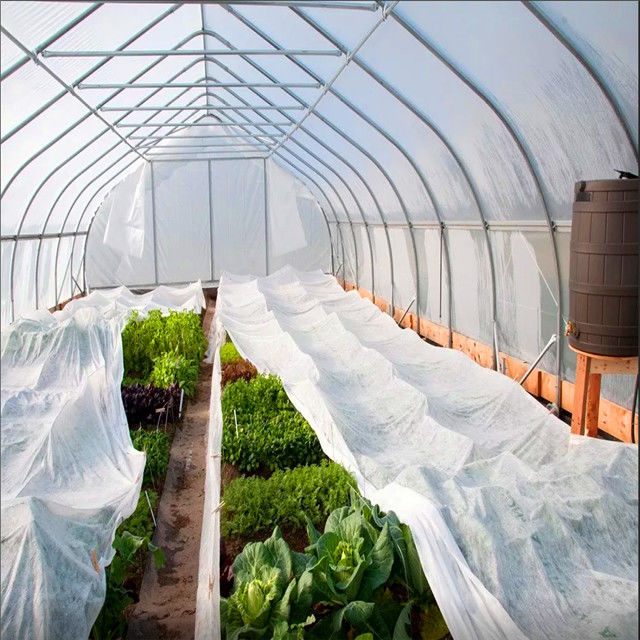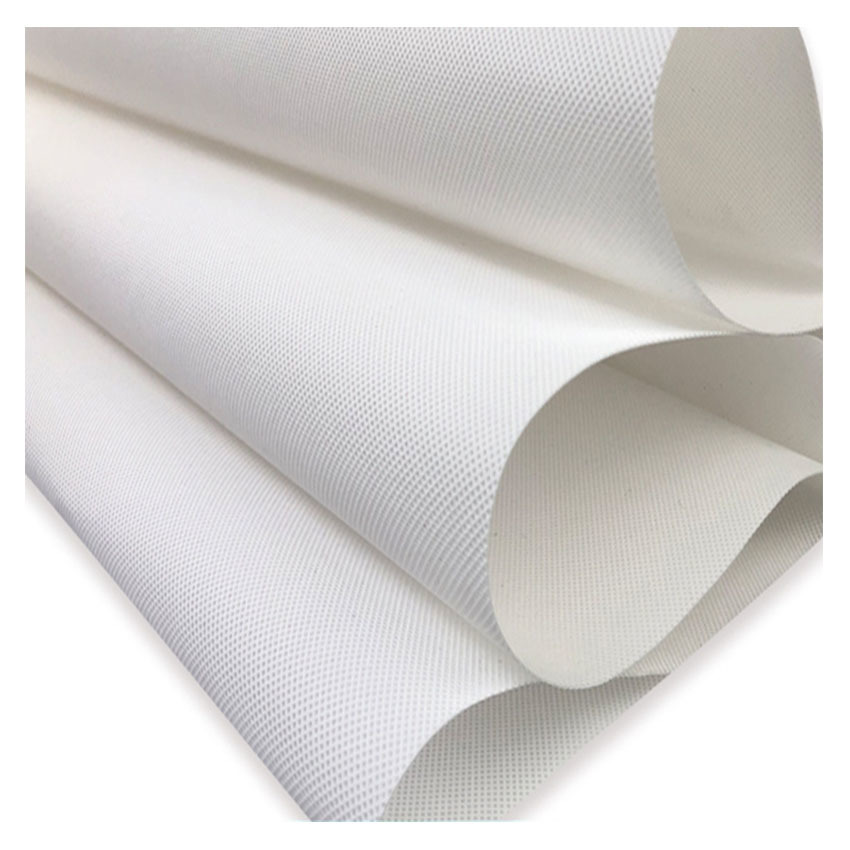
Non-Woven Industry development. Nonwoven fabrics are a product that came out from the plastics and petrochemical industries following the introduction of film. As compared to plastic cloth it is more light-weight and offers good ventilation. It is used frequently in medical and sanitary items like facial towels filters, sanitary napkins etc. Then, it was developed and used in engineering. Non-woven fabrics are utilized to protect vegetables from cold damage. Although non-woven materials have an entirely different manufacturing process as compared to plastic films, the raw materials are identical. It comprises PE (polyvinylchloride), EVA(Ethylene Vinyl Acetate Copolymer), EVA/polyethylene, and PVA/polyvinyl ether. By melting plastic and inflating the resulting thin film, traditional plastic film can be made. It is a continuous film. It is able to stretch for a long time. The film is completely porous. It is an impermeable material that blocks any movement or movement of molecules. Due to the rapid growth of the textile industry, artificial chemical fibers made from the mentioned raw materials have replaced most natural plant fibers and were the hottest item in the industry of textiles. These chemical fibers can still be made into cloth using traditional warp and weave weaving. Non-woven fabrics are made by intersecting fibers on the same plane, at different angles, in all directions instead of traditional warp and weft techniques. Compared with traditional woven fabrics, it has better material characteristics, and the production process can go from raw materials to finished items in one go. The traditional method of drawing and weaving fibers is eliminated. The production costs are less. In recent years the use of non-woven fabrics was extensively used in the clothing sector. Non-woven fabrics have been used in a variety of applications over the past few years as a result of advances in the field of material science and production technology. You can find different items and materials everywhere you go in your day-to-day life. The rise in non-woven fabric usage in agriculture is due to its lightweight, easy-of-production, diversity, cost effectiveness and a wide range of applications. Look at this non woven weed fabric for more information.

Applications of non-woven fabrics in Agricultural IndustryNon-woven fabrics were first applied to agriculture in Europe in 1978, to keep the carrots warm during harvesting in the early hours, and also to guard against tomato leaf virus and whiteflies. Non-woven fabric can be utilized to mulch tomatoes, sweet peppers, sweet potatoes, and also root vegetables, carrots, carrots. They also aid in the growth of other vegetables such as cabbage, lettuce, radishes, and lettuce. They are utilized for heat preservation and early harvesting. Non-woven materials are good for covering surfaces such as grass-proof mats. They can also boost the temperature of soil by retaining water. To ensure that the roots fully absorb water, short fibers can also be used to create water-absorbing blankets. They could also be used as a bottom medium for turf production, or as a garden grassland for watering, drained, and dividing the garden. They can also be used as plant bags for large trees, such as fruits trees and garden trees. Non-woven fabric is also used in Taiwan for covering crops. These fabrics are widely used to manage greenhouses' conditions of the environment and also to save energy. Canopy curtains have two layers and reduce radiation and heat absorption at night. In the beginning, TAVIK non-woven spun-bonded TAVIK fabrics of high density were used to shade and protect cauliflower bulbs. Its low thermal conductivity, great shading capability and ease of recycling made it a popular choice among farmers. Later, it was used for the preservation of leaf vegetables as well as their insect-proof cultivation. Then, it was used for shading, heating, and preserve fruit trees as well as pineapples. The development of non-woven industry is slow because of Taiwan's unique ecosystem and climate. The Taiwanese manufacturers of nonwoven fabrics are constantly innovating nonwoven technology. The focus of Taiwan manufacturing of nonwoven fabrics is water absorption, air permeability, and water repellency. The company has stepped up its studies to improve its capacity to preserve and store agricultural products and hopes that it can develop additional applications. Look at this pp agricultural nonwoven fabric for more info.
